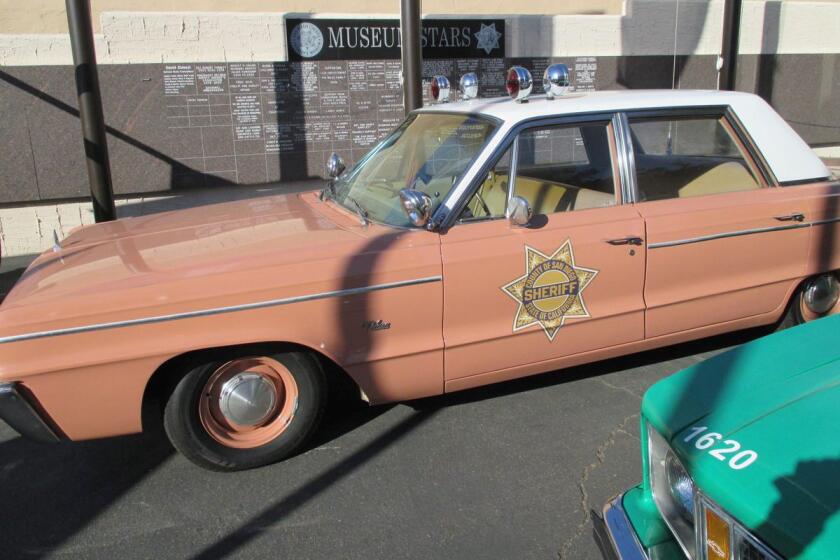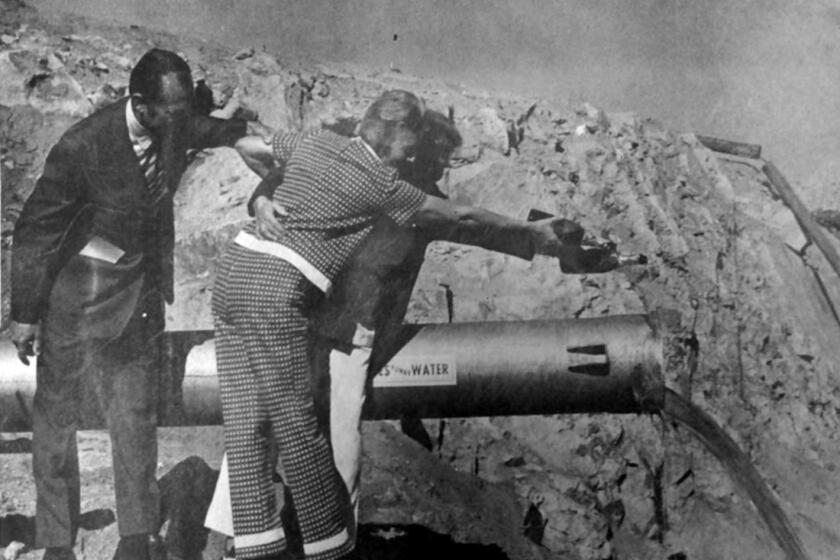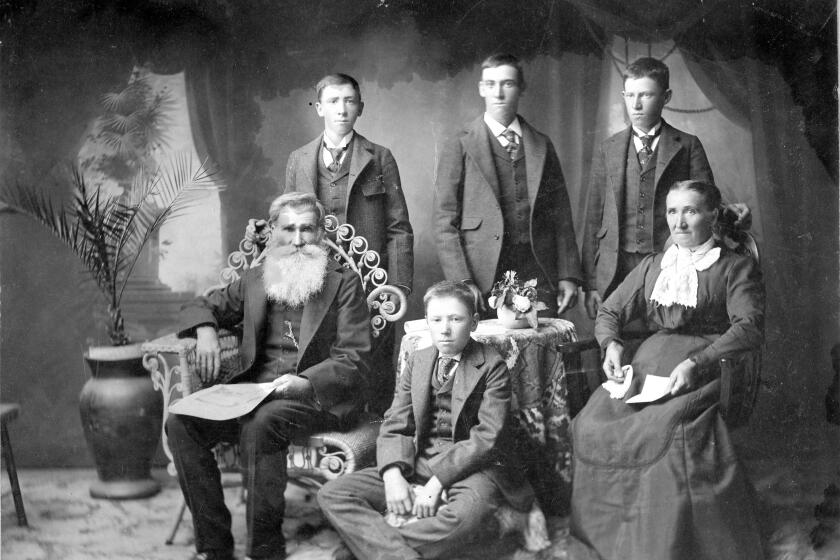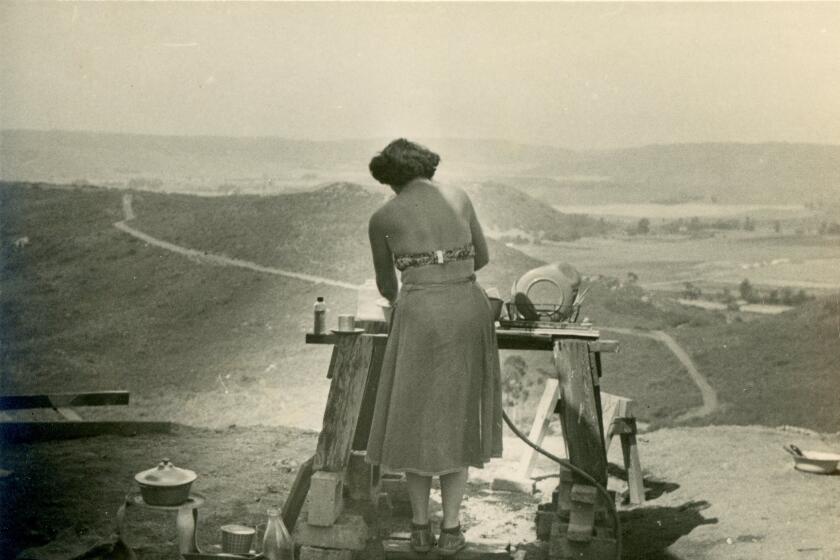Now and Then: A road runs through it
In the latter part of the 19th century, a narrow dirt road traveled north from San Diego, making its steep and twisting way down from what is now Scripps Ranch into Poway. From there, it headed north over more forgiving terrain through Rancho San Bernardo and across the San Dieguito River, now dammed there as a (currently-dry) arm of Lake Hodges, then to Escondido and beyond.
This marked a quantum leap in the development of the area that would become Poway. As late as 1870, the area where the road would go was described in a U.S. Geological Survey map as “unsurveyable worthless brushy mountains.”
The road for decades would be the only connecting link between San Diego and the inland areas to the north.
For years, passengers on the San Diego-Escondido stage took a break for lunch at a stop at the bottom of the grade before completing their day-long journey between the two destinations.
Poway’s farmers would also use the route, known as the Escondido Road, to take their wide range of agricultural products — including peaches, grapes, pears, nuts, melons, cream and livestock to market in San Diego.
The road passed through the community of Merton, roughly where Poway Road crosses today. A store, the one-room, Merton School and a church defined the area. It traveled north past the homes and farms of pioneer families, including the Lawsons and the Franks.
Shortly after the dawn of the 20th century, motor vehicles arrived on the scene. Intrepid drivers and passengers found the trip over the unpaved road to be a bit of an adventure, but after 1910, cars and trucks became more common than horse-drawn vehicles. Successful farmers proudly displayed their Model T trucks. There was even the occasional auto race as early as 1913.
Lake Hodges, completed in 1918, would flood the San Dieguito River crossing, so the first Lake Hodges Bridge was added in 1919, making it an all-weather crossing. There was great celebration when the Poway Grade (between Poway and Scripps Ranch) was paved in 1920.
In the late 1920s, the Stuck family began work on Big Stone Lodge, not far north from the former stage stop. Constructed of logs and granite boulders, it was intended to be part of a resort complex. The complex was never completed, thanks at least in part to Prohibition and the Great Depression. Still, the lodge — offering food, drink (after the repeal of Prohibition), music and dance — a gas station and a grouping of stone buildings, definitely gave the area prominence. It, not infrequently, had a reputation for rowdiness. At one time, the place was off-limits to soldiers, sailors and Marines stationed at military bases on what is now MCAS Miramar and Camp Elliott. The Poway Grade was too steep and windy for servicemen to attempt after an evening of revelry.
In 1935, Pomerado Road officially became part of U.S. 395, still the primary inland route north from San Diego. At one point it was possible to take the 395 from San Diego to Canada without changing roads.
In 1949, the route of 395 south of Lake Hodges was relocated west to what would later become I-15. Pomerado Road was no longer part of the interstate thoroughfare. It was now just Pomerado Road, the name of which came from the communities it traversed: POway, MERton and BernArDO (a bit of liberty being taken with the latter).
In the late 1970s, shortly before Poway became a city, the County of San Diego proposed widening Pomerado to four lanes, running through the heart of the Big Stone area. The route would have taken out many of the magnificent oak trees that line Beeler Creek, along with some of the old stone buildings and historic bridges. The people of Poway rose up, writing letters and marching in protest. At least one resident threatened to chain herself to one of the endangered oaks. The county relented. A new route was adopted, up the hill to the east, and the existing stretch became “Old Pomerado Road.”
Then, in 1990, after two years spent widening and improving Pomerado Road within its city limits, the City of San Diego voted in closed session to renege on the promise to reopen the road’s connection to Poway. The City of Poway sued. Eventually the two cities reached an agreement and the more than 110-year-old connection was restored.
Pomerado is now a busy four-lane divided road with bike lanes and traffic signals, lined with homes, businesses, churches and schools. Only traces of its past remain.
Still, Pomerado Road has now been formally designated as a part of Historic 395, indicated by signage in several places along its length. Your best chance to catch a glimpse of the road’s past is to turn on to Old Pomerado Road, south of Poway Road, where the memories remain close to the surface, seen amidst more recent construction.
Shepardson is vice-president of the Poway Historical and Memorial Society.





